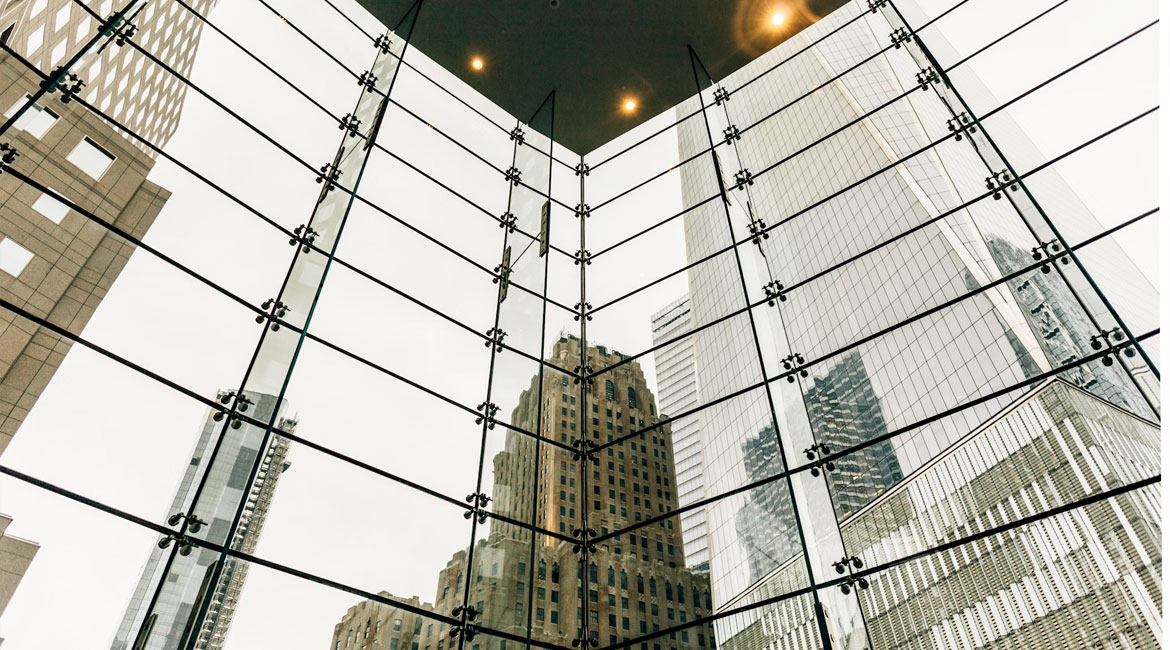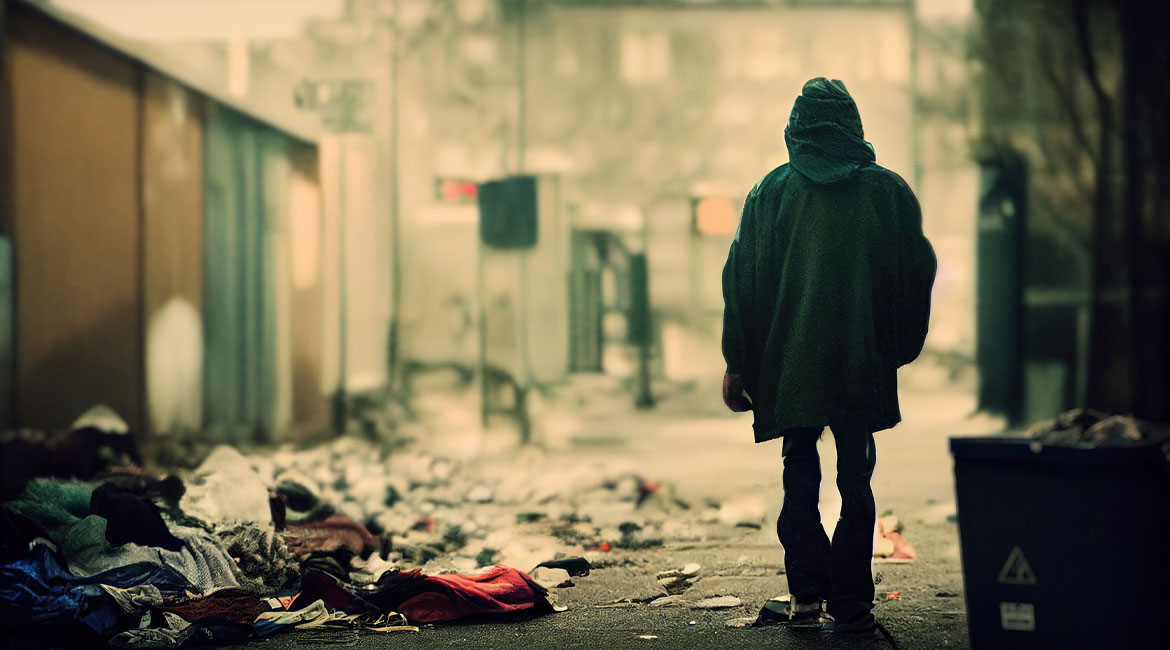The World Bank has warned in a recent report that, due to headwinds such as inflation and vaccine inequality, the world faces a two-speed recovery that could damage prior strides in global economic development.
Although there’s likely to be a general slowdown after the strong rebound in 2021, the results and any eventual recovery that follows are liable to create unequal outcomes. The developed world could pull away from emerging economies as the former experience a sharper post-pandemic rebound compared to a slower recovery for developing countries.
Global economy faces two-track recovery
Despite the strong demand that drove record levels of global trade in 2021, international growth now looks to be set for a contraction. In its Global Economic Prospects Report, the World Bank states that world growth will slow from the 5.5% recorded in 2021 to 4.1% this year and 3.2% in 2023.
Myriad factors will spur this slowdown: the exhaustion of pent-up demand, acceleration of new COVID variants, upsurge in inflation, intractable supply chain disruptions, and more. As I see it, this was always going to be the case since the shockwaves caused by the pandemic continue to reverberate in various sectors worldwide.

In the same vein, I believe the anticipated “hard landing” that will create a chasm between the growth rates of advanced and emerging economies was also predictable. International development institutions such as the World Bank, the African Development Bank, the International Monetary Fund (IMF), and the Organization for Economic Cooperation and Development have warned of this.
Speaking at the time on the 6% global growth projected in 2021, Kristalina Georgieva, IMF Managing Director, noted: “The composition of the 6% is changing, with advanced economies broadly accelerating growth, whereas most emerging markets and developing economies are falling further behind. This is a dangerous divergence.”
However, despite early warnings, the world looks to be on track for precisely this dangerous divergence. The World Bank said that, while advanced economies will likely see a growth decline from 5% in 2021 to 3.8% and 2.3% in 2022 and 2023, respectively, they will return to pre-pandemic levels by 2023. But growth declines elsewhere will be steeper.
Comparably, 2023 will see emerging and developing economies still 4% below pre-pandemic levels. Worse, fragile and conflict-affected economies will fall 7.5% below their pre-pandemic path by that time, and small island states will likely be even lower, at 8.5%.
The rich forge ahead, as the rest fall behindThe causes of this anticipated two-track recovery are obvious and have been here for a long time. Massive debt levels, income inequality, infrastructure deficits, and reliance on commodity exports (subject to notorious boom-bust cycles) already put developing and fragile economies on a path that would see them unable to respond robustly to the pandemic.
As a case in point, while advanced economies could push massive spending budgets to aid their economies and provide stimulus, emerging and vulnerable economies either could not afford a stimulus or had to withdraw them before recovery in response to inflationary pressures. Unsurprisingly, Financial Times, quoting the World Bank, noted a 5% rise in per capita income within advanced economies in 2021, compared to a 0.5% increase in low-income countries.
Likewise, vaccine inequality, exemplified by the developed world purchasing five billion more doses than it needs for its citizens (enough to vaccinate Africa twice), and the stuttering rate of global vaccination showcases the difference in outcomes.
In the aftermath of the pandemic, these emerging and vulnerable economies are now faced with the bill of nearly a year of lockdowns and painful health-motivated restrictions. They are in deeper debt (global debt is at its highest levels in 50 years), inflationary trends are contracting savings and investments, and they now have less money to fund capital projects and economic initiatives.
As a result, we’re now going into a critical period for world peace and stability. Prosperity increases stability and vice versa. With the harsh incoming times for the developing world, we could see the hard-fought gains in global development over several years wiped away in just a few, making political and economic instability more likely.
I think the lesson here is that global peace and prosperity are a collective effort. The world now has a difficult task to manage the incoming challenge to foster and preserve a collective global charge in the right direction post-COVID.
Source: Doğan Erbek – sustainabletradeandfinance.com



